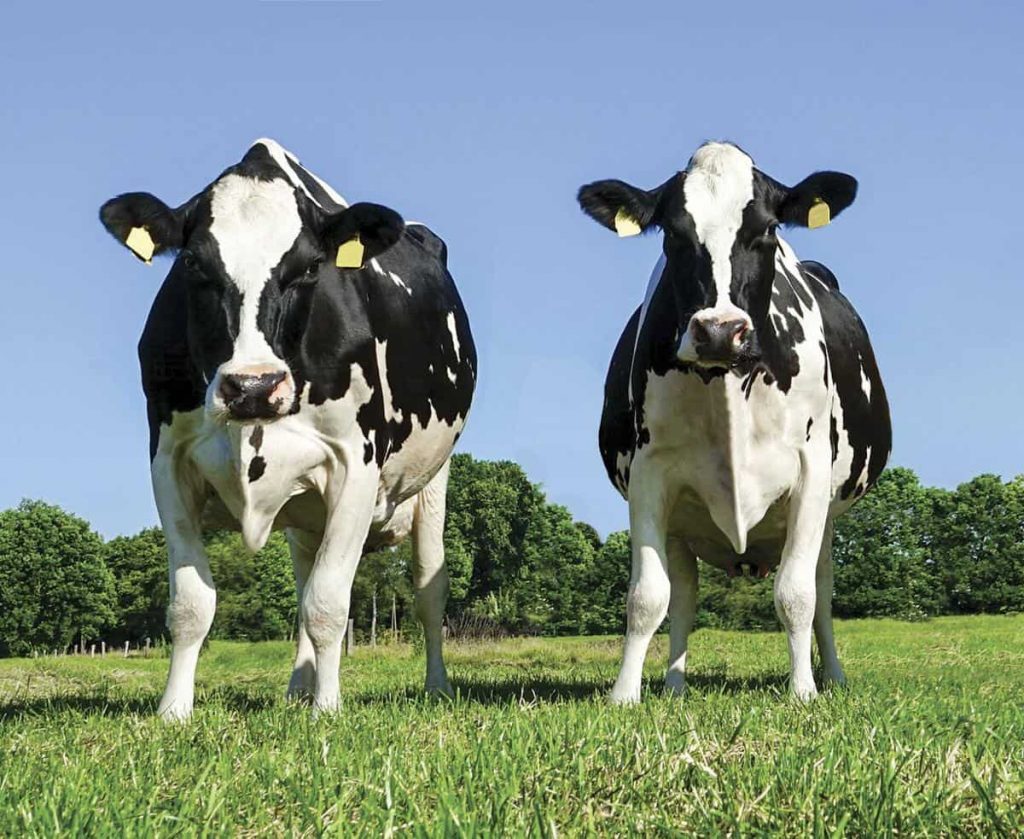The exit of dairy operations since 2017 has attracted considerable attention. The 2022 Census of Agriculture confirms a profound decline, even within the context of the long-standing decline in dairy herds.


Editor’s note: The following was written by Carl Zulauf, Ohio State University, and Gary Schnitkey, University of Illinois, for the farmdoc daily website Feb. 23.
The exit of dairy operations since 2017 has attracted considerable attention. The 2022 Census of Agriculture confirms a profound decline, even within the context of the long-standing decline in dairy herds.
The economic pressure for fewer dairy herds is abating but remains notable. An important question is, “What role did current dairy policy play in the post-2017 consolidation?”
According to the 2022 Census, 24,094 U.S. farms sold milk during 2022. The largest number of dairy farms with milk sales had 50-99 cows. Another 11,942 farms had milk cows on Dec. 31, 2022, but had not sold any milk during 2022. Of these farms, 97% had less than 10 cows.
In 2022, the 2,013 farms with 1,000 or more cows accounted for 66% of all U.S. milk sales. The comparable share was 57% in 2017. In 2022, the U.S. produced 226.4 billion pounds of milk, up from 215.5 billion pounds in 2017 or by 5%.
The 39% decline in all U.S. farms that sold milk between the 2017 and 2022 Census of Agriculture was the largest decline between adjacent censuses dating back to the 1982 Census. The next largest declines were 27% between the 2007 and 2012 Census and 26% between the 1992 and 1997 Census.
The cumulative 10-year net return to economic cost has been below -$10/cwt. since 1998. It was below -$30/cwt. from 2009 through 2018. The largest 10-year losses were -$37/cwt. in 2013 and -$36/cwt. in 2015. Since 2015, 10-year losses have declined almost 50%, equaling -$19/cwt. in 2022.
Additional perspective is gained when looking at the large economies of size that exist in U.S. milk production. Economies of size are much greater for non-feed than feed cost. Over 2016-22, highest and lowest cost differ by $2.50/cwt. ($12.87 to $10.37) for feed but by $19.59 for non-feed ($27.96 to $8.37). The large economies of size mean financial pressure from low returns to producing milk is much more acute for smaller herds, as the larger percent decline in smaller dairy herds illustrate.
A likely important factor underpinning the sizable decline between 2017 and 2022 is U.S. dairy sector financial stress that dates to the turn of the 21st Century. Dairy sector financial stress is likely abating but still remains notable.
Another likely important factor is the sizeable economies of size that exist in producing milk. They exacerbate sector financial stress for all but the largest dairy herds.
The sizeable economies of size are largely due to non-feed cost per cwt. of milk produced. Given the large difference in non-feed cost per cwt. across dairy herds, it is not surprising that changes in feed cost per cwt. have a much larger role in changes in total cost per cwt. for larger dairy farms.
If policy deliberations come to the conclusion that dairy policy should be more attentive to the financial stress on smaller dairy farms, policy options include the following:

You can now read the most important #news on #eDairyNews #Whatsapp channels!!!
🇺🇸 eDairy News INGLÊS: https://whatsapp.com/channel/0029VaKsjzGDTkJyIN6hcP1K
Legal notice about Intellectual Property in digital contents. All information contained in these pages that is NOT owned by eDairy News and is NOT considered “public domain” by legal regulations, are registered trademarks of their respective owners and recognized by our company as such. The publication on the eDairy News website is made for the purpose of gathering information, respecting the rules contained in the Berne Convention for the Protection of Literary and Artistic Works; in Law 11.723 and other applicable rules. Any claim arising from the information contained in the eDairy News website shall be subject to the jurisdiction of the Ordinary Courts of the First Judicial District of the Province of Córdoba, Argentina, with seat in the City of Córdoba, excluding any other jurisdiction, including the Federal.
1.
2.
3.
4.
5.
eDairy News Spanish
eDairy News PORTUGUESE
